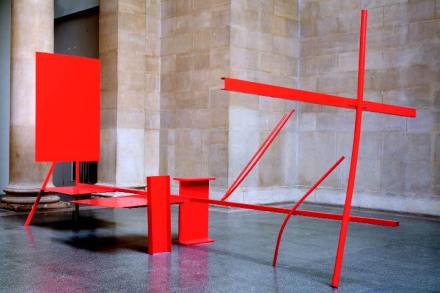Barry Humphries: in praise of Australian art
In my career as a music hall artiste I travel the world, mostly in the Dominions, the United States and the cleaner countries of Europe. Aside from giving incalculable pleasure to thousands of people, I love, on my days off, to visit picture galleries: usually the porticoed kind, in search of those overlooked little masterpieces that lurk, not seldom, in provincial museums. Today, most art galleries have a shop selling postcards of paintings from other museums, Magritte oven mitts and Piero della Francesca fridge magnets. They sell books as well, sometimes useless coffee table tomes like Art Deco Cufflinks Down the Centuries and London Transport Textiles and Their Creators. However,








